What is white noise?
White noise, in layman’s terms, is a consistent noise that comes out evenly across all hearable frequencies. Say you’re a musician. To play a middle C note, you play something that’s about 261.6 hertz, the unit of frequency. It is just an equal amount at every frequency, from low to high, that a human being can hear. To keep the music analogy going, it’s a gigantic band all playing a slightly different note. (Machines pushed to the limit, like fans, are especially good at hitting these notes.) When a noise wakes you up in the night, it’s not the noise itself that wakes you up, per se, but the sudden change or inconsistencies in noise that jar you. This type of noise creates a masking effect, blocking out those sudden changes that frustrate light sleepers, or people trying to fall asleep.
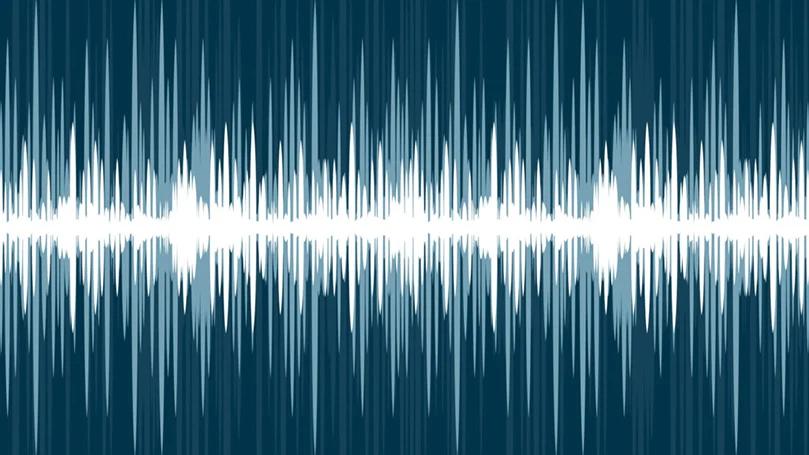
How does white noise work?
Because white noise contains all frequencies, it is frequently used to mask other sounds. If you are in a hotel and voices from the room next-door are leaking into your room, you might turn on a fan to drown out the voices. The fan produces a good approximation of white noise. Why does that work? Why does it drown out voices?
Here is one way to think about it. Let’s say two people are talking at the same time. Your brain can normally “pick out” one of the two voices and actually listen to it and understand it. If three people are talking simultaneously, your brain can probably still pick out one voice. However, if 1,000 people are talking simultaneously, there is no way that your brain can pick out one voice. It turns out that 1,000 people talking together sounds a lot like this type of noise. So when you turn on a fan to create white noise, you are essentially creating a source of 1,000 voices. The voice next-door makes it 1,001 voices, and your brain can’t pick it out any more.
How does white noise help us sleep?
While white noise can block out sound, its direct relationship to sleep is still unknown. Most studies of this noise to-date have focused on our concentration and learning during waking hours. There’s limited science to support the relationship between white noise and better sleep. Nonetheless, someone suffering from insomnia who is easily woken by jarring sounds may find it a useful addition to their other treatments, but not necessarily the cure. In other words, this noise is worth using if it makes you feel better—but don’t use it as a Band-Aid for a bigger problem.
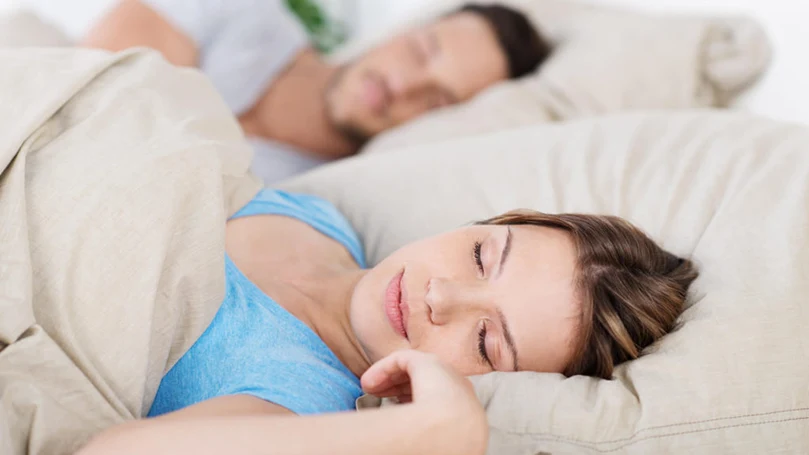
Other types of noise
There’s some semi-complicated math involved, but essentially, pink noise is white noise, but with the higher frequencies turned down in intensity. This noise has equal power across all frequencies; pink noise comes out louder and more powerful on the lower ends of the sound spectrum. That could be helpful for people suffering from tinnitus, or who just find the upper registers of true white noise unpleasant. The noise family tree doesn’t stop there, either: depending on which frequencies you tone down or up, you might also produce Brown noise, (named for a person, not a color) violet noise, and a mess of other colors. Different folks might prefer different sounds.
White noise and sleep routine
Winding down with a calming sound can be helpful, but making sure it’s part of a nightly bedtime routine is integral to a good night’s sleep. Often they can be one in the same (lights off, fan on), but the effectiveness of white noise may actually come down to that routine aspect. The only danger arises when you feel like you can’t get to sleep without it. As helpful as those routines are, there’s also a flip side, when people can’t sleep without going through rigid motions. But it’s unlikely for this type of noise to create dependence in itself—that’s probably some level of anxiety talking.
Conclusion
Anti-noise can create a helpful blankness for people who love it, but there’s nothing in the sound itself that will enhance your sleep. For others, it’s the same as going to sleep in a totally quiet room. More essential to sleeping like a baby is having a standard nightly wind-down routine to let your body know it’s time for some shut-eye.






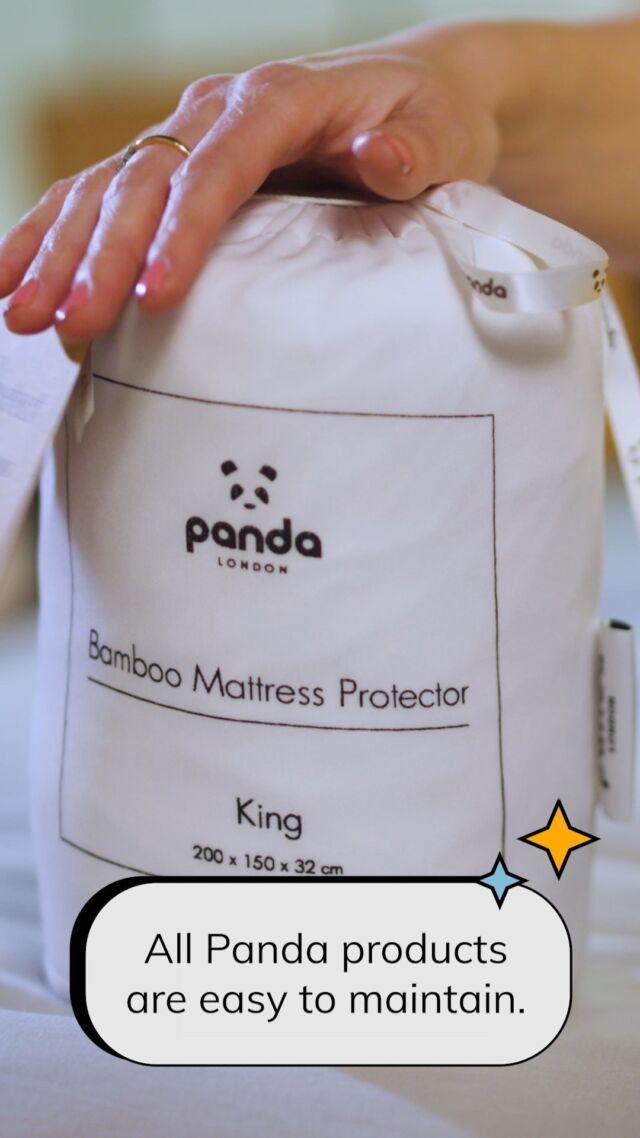

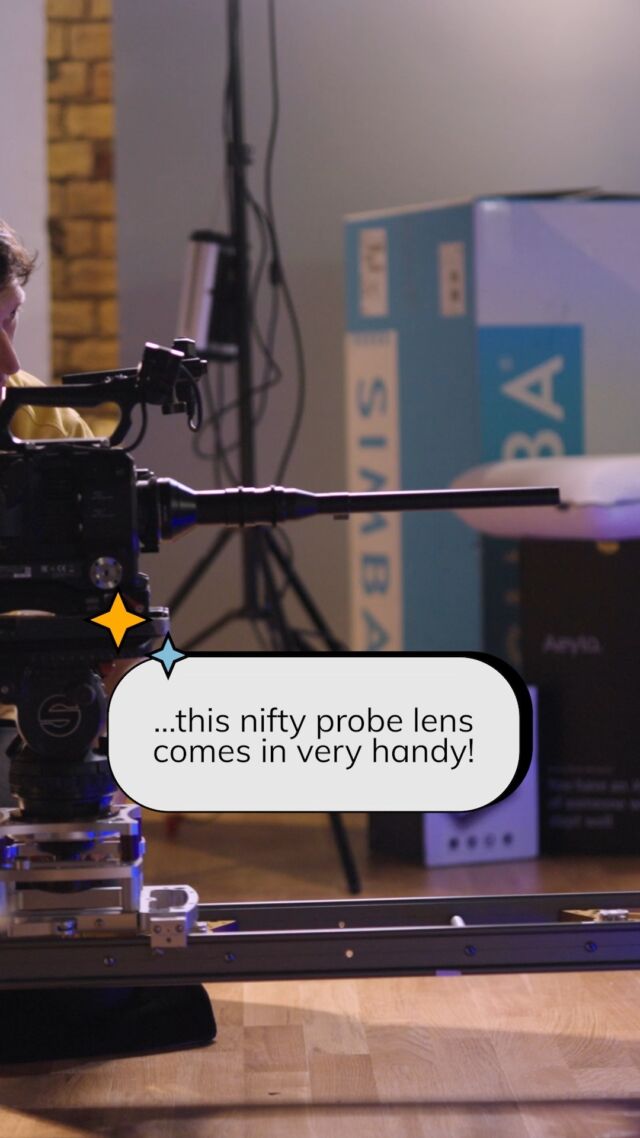



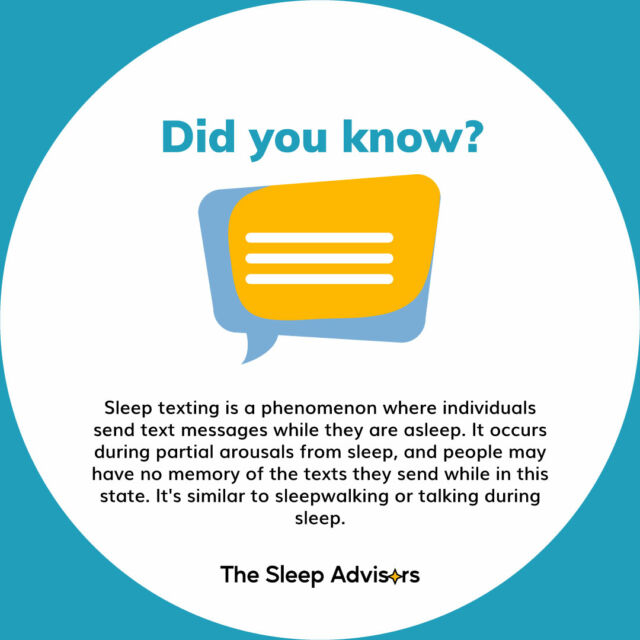
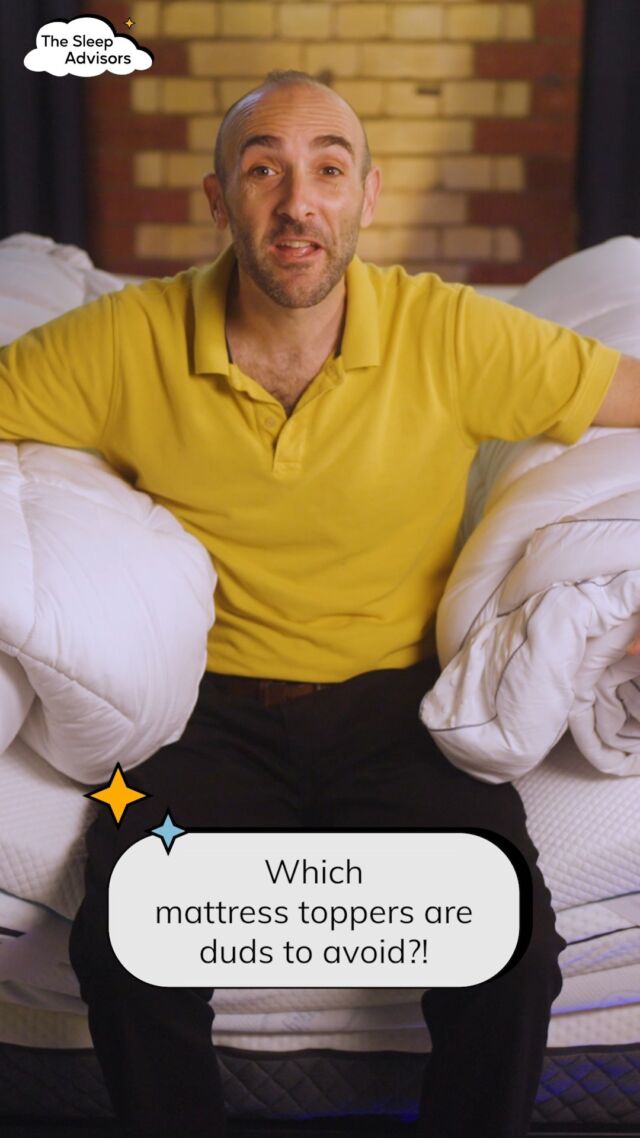

There are no comments yet
"*" indicates required fields